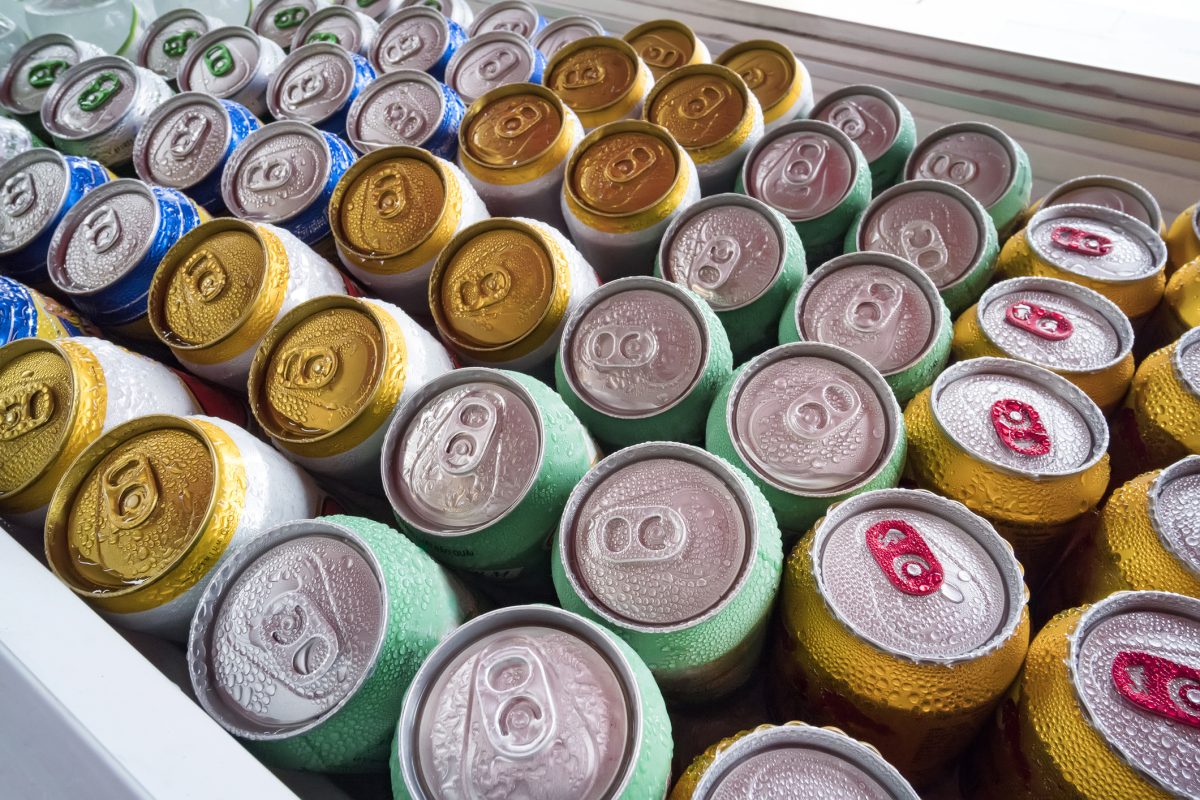Data gathered by the IWSR has shown a growing trend towards moderation of alcohol consumption in the US, but not necessarily leading to purchases of no- and low-alcohol (NOLO) alternatives.
In a survey conducted in April 2023, a third of legal drinking age (LDA) adults in the US said they have not consumed alcohol in the past six months, compared with an average figure of 24 per cent across 15 key markets including Australia. Younger consumers make up a large portion of adults abstaining from alcohol consumption, with over half (54 per cent) of LDA Gen Z adults claiming not to have had an alcoholic beverage over the same time scale.
While half of US consumers who do drink have admitted to moderating their alcohol consumption, only 26 per cent of this group say they are switching to NOLO alternatives for their favourite full-strength drinks. Susie Goldspink, head of NOLO insights at the IWSR, commented on the figures.
“Moderation strategies remain the same, with over half of people in the US cutting down on their alcohol consumption. But, as was the case last year, this is not directly translating into purchases of NOLO drinks.”
Consumers are opting for a number of different strategies to reduce their alcohol consumption, 35 per cent of NOLO consumers say they choose to moderate by not drinking on certain occasions. In the US, 26 per cent opted for the strategy of switching to lower-ABV options, while 20 per cent opted for non-alcoholic drinks.
These findings identify potential for growth in the NOLO category, which is reinforced by IWSR volume forecasts for the years ahead predicting a decline in the total beverage alcohol market in the US at a compound annual growth rate (CAGR) of -1.5 per cent between 2022 and 2027.
Over the same timescale, the IWSR predicts NOLO volumes will grow at a CAGR of over +15 per cent. While beer and wine currently dominate the NOLO spaces in volume terms, it is expected that NOLO spirits and RTDs will show significant growth in the coming years.
Among consumers who avoid NOLO beverages as a moderation strategy, disliking the taste of NOLO products, lack of availability and cost were significant factors in their decisions. Richard Halstead, COO consumer insights at IWSR, explained that this was especially true of older consumers.
“Those who avoid NOLO drinks tend to be from older generations, led by boomers and followed by Gen Xs. The barriers for non-consumers last year were unchanged from 2021, with a dislike of NOLO products that are on the market ranking highly.
“The barriers to more NOLO consumption are similar across consumer segments. A higher percentage of boomers consider NOLO drinks to be expensive compared to other age groups. Among Americans who consume NOLO frequently, availability in bars and restaurants and a perception of low quality are major barriers to opting for NOLO products more often.”

